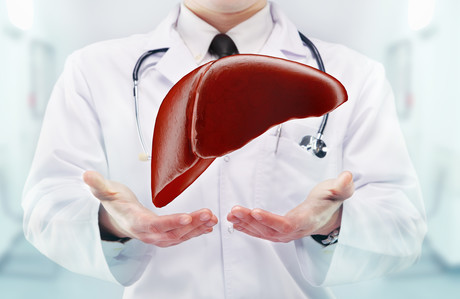Scientists create a more realistic model of liver cancer

Scientists at Sydney’s Centenary Institute have successfully created a more realistic model of primary liver cancer, placing medical researchers in a much better position to develop more effective treatments for the third most common cause of cancer death worldwide.
More than 2000 Australians are expected to die from liver cancer this year alone. Developing effective therapies for liver cancer is difficult, with many failed clinical trials. This is because most of the modelling to date has been unable to effectively mimic human liver cancer, and even then, this can take up to 12 months to complete.
PhD student James Henderson and Professor Mark Gorrell, from Centenary’s Liver Enzymes in Metabolism and Inflammation program, have now developed a more efficient model of human liver cancer. Developed as part of a three-year study, the model will provide a better understanding of how liver disease and liver scarring advances into liver cancer — often resulting in a poor outcome for patients.
Published in the journal Scientific Reports, the study has significantly reduced the time in which liver samples can be analysed from nine to five months, meaning results are fast-tracked. By feeding laboratory mice a fatty, sugary diet, Henderson has also decreased the time it takes before the early scarring and inflammation stages of liver cancer start to develop to just three months. With obesity and cirrhosis (late stage of scarring) key drivers of liver cancer, this method more closely reproduces a common pathway to damage in human liver, and is applicable to the modern lifestyle.
“Our novel model has progressed two key areas: fast-tracking the time it takes to conduct modelling, while more closely replicating liver cancer drivers that occur in humans,” said Henderson.
“This places researchers in a much better position to develop effective therapies in future to treat liver cancer in the early stages, reducing the burden on Australia’s healthcare system and improving patient outcomes.”
Babies of stressed mothers likely to get their teeth earlier
Maternal stress during pregnancy can speed up the timing of teeth eruption, which may be an early...
Customised immune cells used to fight brain cancer
Researchers have developed CAR-T cells — ie, genetically modified immune cells manufactured...
Elevated blood protein levels predict mortality
Proteins that play key roles in the development of diseases such as cancer and inflammation may...





